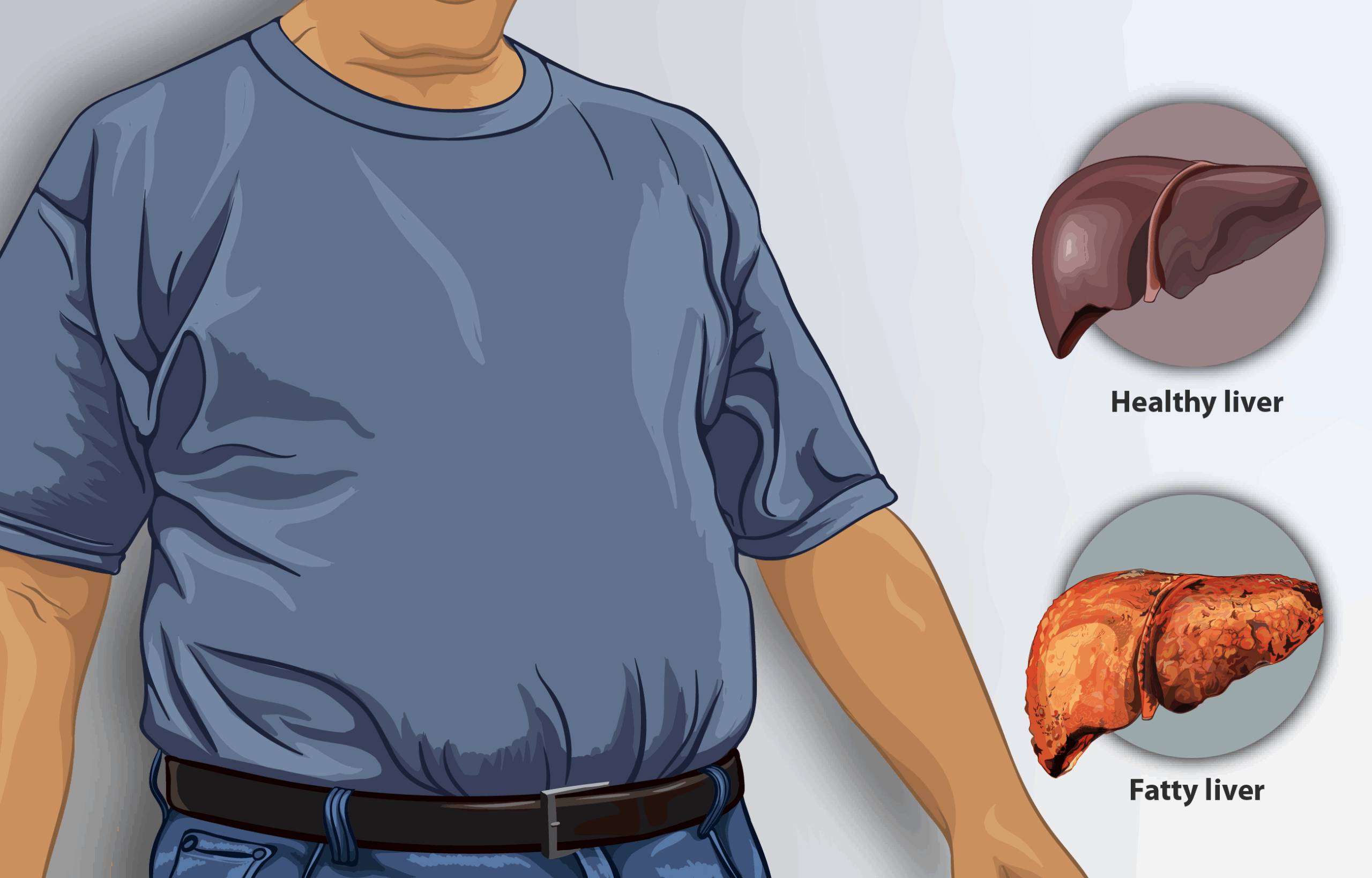June 6, 2025 – A silent health crisis is unfolding across Western nations. Millions unknowingly live with an aggressive form of undiagnosed fatty liver disease. Recent studies, therefore, and calls from the scientific community demand greater action. They urge improved diagnostic strategies and proactive public health measures. This disease, now called Metabolic Dysfunction-Associated Steatotic Liver Disease (MASLD), was formerly known as NAFLD. It often progresses silently. Meanwhile, a more severe form, Metabolic Dysfunction-Associated Steatohepatitis (MASH), significantly threatens liver health.
New data highlights the problem. A staggering number of individuals in the US and Europe have undiagnosed fatty liver disease, specifically MASLD. Indeed, many already show the more dangerous MASH. Experts suggest these numbers could reach tens of millions. Consequently, this presents a huge future burden on healthcare systems. The disease’s insidious nature means it often shows no early symptoms. Therefore, this allows inflammation and liver damage to advance unchecked. It can lead to cirrhosis, liver failure, and even liver cancer.
Several factors cause this high number of undiagnosed fatty liver disease cases. Primarily, MASLD/MASH lacks widespread screening programs. This is despite its strong link to common metabolic conditions. These include obesity, type 2 diabetes, and high cholesterol. Furthermore, diagnosis can be complex. It often requires liver biopsies for definitive staging. However, less invasive methods are under continuous research. As a result, many people simply don’t realize their lifestyle choices contribute to this potentially fatal condition.
Major medical bodies are now stepping up efforts. For instance, the American Diabetes Association (ADA) recently issued new MASLD guidelines. These guidelines stress the critical importance of early identification. They also emphasize comprehensive risk assessment for patients with metabolic risk factors. Proactive interventions are crucial too. The updated recommendations aim to provide clearer pathways. These help clinicians diagnose and manage MASLD. Ultimately, this moves beyond the traditional reactive approach to liver disease.
The scientific community also urges greater action. They appeal to policymakers and healthcare providers. They advocate for widespread public health campaigns. These campaigns should educate people about fatty liver disease risks. In addition, they should highlight the importance of healthy lifestyles and early detection. There’s a strong push to include MASLD/MASH screening in routine check-ups. This is for at-risk populations. Moreover, increased funding for research into non-invasive diagnostics and effective treatments is a critical demand to tackle fatty liver disease.
Failure to address this silent epidemic could lead to a dramatic rise in advanced liver disease. It could overwhelm transplant lists and healthcare resources. Millions remain unaware. Therefore, the call to action is clear: increased vigilance, comprehensive guidelines, and robust public health initiatives are essential. We must turn the tide against undiagnosed fatty liver disease. For further information on liver health, you can visit the American Liver Foundation. For guidelines on managing diabetes, the American Diabetes Association offers comprehensive resources.













+ There are no comments
Add yours